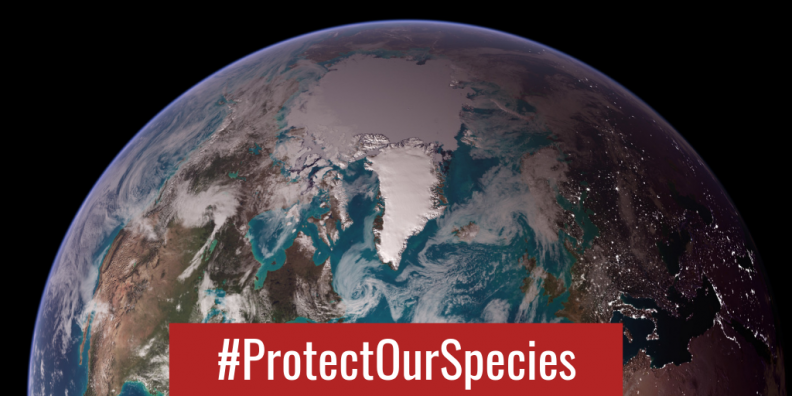
Earth is not the same as it was 100 years ago. Human activity has changed the chemical makeup of our planet. As our planet's population has increased to 7 billion, species variety has been on a fast decline. Some reasons for this decline are directly related to human activity while others are indirectly related. Across the world, people are trying to protect the animals that are most vulnerable.
This year's Earth Month theme is “protect our species,” according to the Earth Day Network. The focus is to decline the rates of extinction caused by human activity. Habitat destruction, exploitation, and climate change are all reasons for the declining animal species, according to a research article in Nature International Journal. This year’s Earth Month aligns with two of the United Nations 17 Sustainable Development Goals, which are goals made to tackle important world issues. Specifically, goals 14 and 15 were made to protect life on land and life under water. These goals are made to reduce and keep track of human influence on environments.
In the U.S., over 1,300 endangered or threatened species are reported by the Environmental Protection Agency. An endangered species is an organism that is threatened by extinction. Leaders realized its impact after the extinction of the passenger pigeon. Before settlers arrived these birds would flock the nation by the millions. Due to habitat destruction and relentless killings, the bird became extinct.
In order to protect species that are threatened by extinction, the government created the United States Endangered Species Act of 1973. If a species is reported as endangered, the U.S. Fish and Wildlife Service or National Marine Fisheries Service must research the issue and create a plan to protect that species’ existence. The U.S. bald eagle is a perfect example of the restoration efforts affect. The bald eagle was listed as an endangered animal after the virgin forests were cleared. The population is no longer endangered and is now protected, healthy, and growing.
Currently in Maryland, the green sea turtle is one of six turtles that are endangered. The commercial harvest for their eggs and meat has decreased their chance for survival. Also fibropapillomatosis, a turtle disease that creates multiple tumors, interferes with basic functions such as swimming, breathing, and reproduction. The population is now being rehabilitated by the U.S Fish and Wildlife Service through nests and beach habitat protection. As the world battles in ways to protect the vulnerable species, it is possible to make everyday choices that help protect them.
By Rachel Fulla, Communications Intern, Office of Sustainability